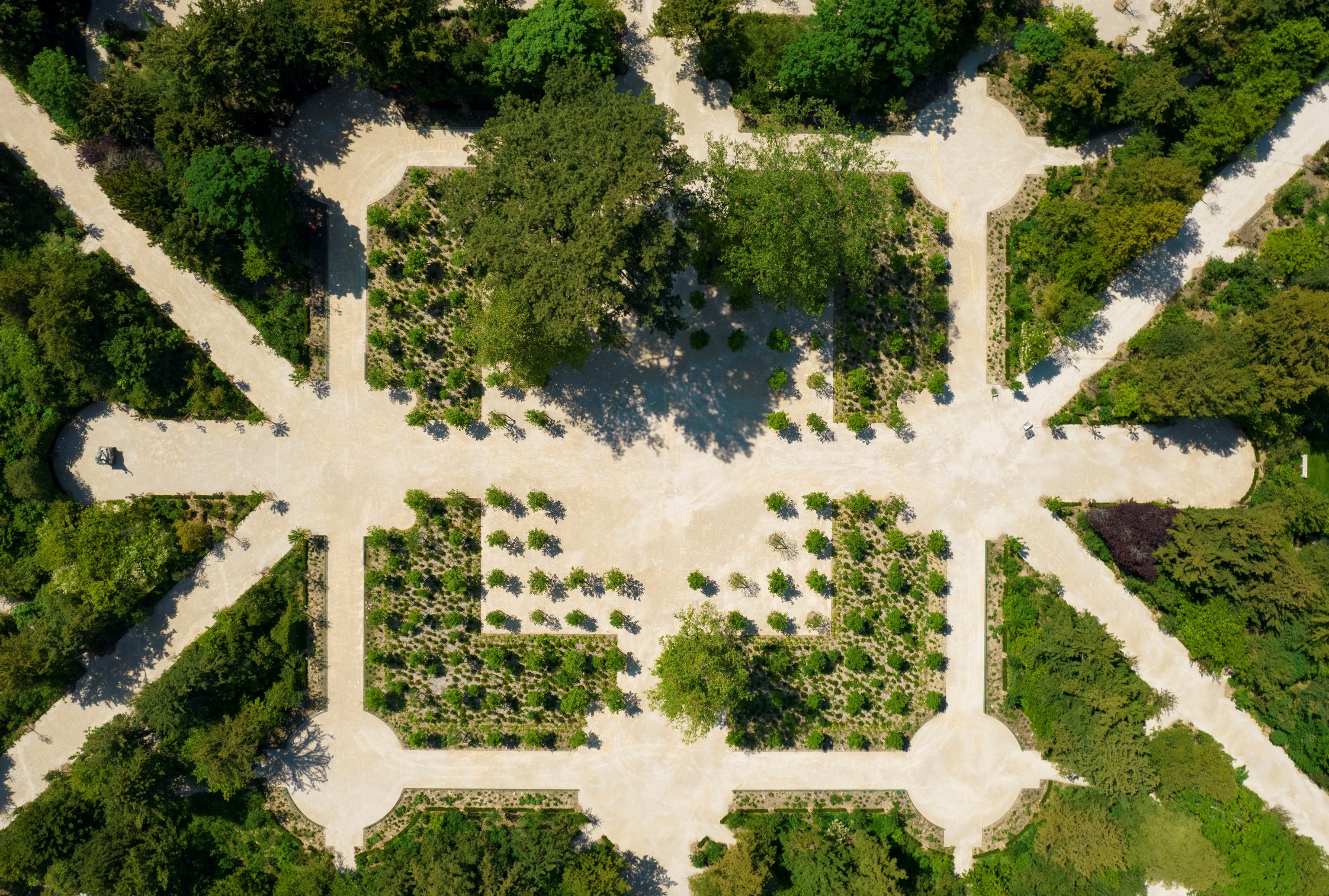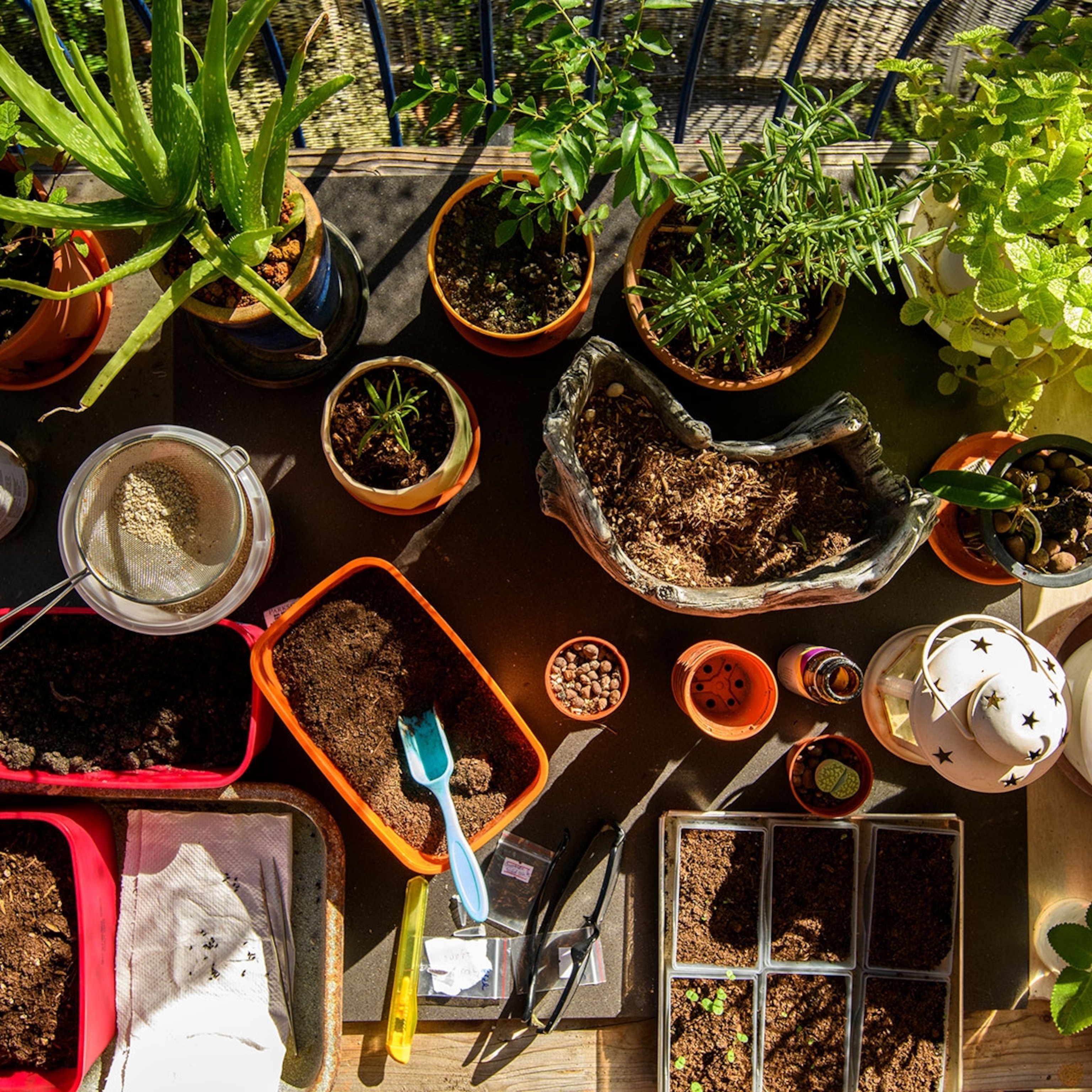The Palace of Versailles, a monument to a king’s colossal power, was designed to leave no doubt of its grandeur. From its immense size and marble halls to its famously manicured gardens, the palace was a spectacle of order and symmetry. Yet, tucked away just a few hundred feet from this architectural masterpiece, a more intimate and profound space existed: the Queen’s Grove. This discreet garden was the brainchild of the ill-fated Queen Marie-Antoinette, a secret refuge where she could escape the prying eyes and rigid formalities of the 18th-century royal court. Far from a mere personal sanctuary, the grove was a living testament to the global scientific curiosity of the Age of Enlightenment, its plant collection a rare fusion of botany, art, and personal freedom.
A Revolutionary Retreat: English Gardens Meet Enlightenment Ideals
In the 18th century, the landscape of Versailles was dominated by the theatrical grandeur of André Le Nôtre’s French formal garden, a style characterized by its geometric precision, rigid symmetry, and theatricality. It was a space designed for grand parties and public display, a reflection of the king’s absolute control over his domain. In stark contrast, Marie-Antoinette’s Queen’s Grove stood as a complete and utter break with this tradition. Located on a coveted five-acre parcel near the Orangery that had once hosted a labyrinth of fountains, the queen’s garden was designed to be a private, emotional space.

According to Véronique Ciampini, the gardens operations manager who oversaw the grove’s restoration, the design was directly inspired by the burgeoning trend of the English landscape garden. It was a complete departure from the Versailles style, creating an intimate connection between man and nature. This new design philosophy was influenced by the ideas of Jean-Jacques Rousseau, who believed that nature should be experienced emotionally and spontaneously, not as a controlled spectacle. Marie-Antoinette’s garden was threaded with twisting, shrub-lined paths that connected arbors and flower-filled walkways, offering a quiet, personal escape where she could simply exist. This was a revolutionary concept for Versailles, a place where, for the first time, plants themselves were celebrated for their beauty and variety, not just as part of a giant green tapestry.
A Showcase of Global Biodiversity: The Fruits of Exploration

The Queen’s Grove was a testament not only to a new gardening style but also to a global scientific exchange. The 18th century was a time of great maritime adventures, undertaken not just to expand empires and create trade routes but also to unlock the mysteries of the natural world. Plant collectors and botanists returned from these voyages with rare seeds and cuttings, and the Queen’s Grove became a living showcase for these discoveries. Marie-Antoinette’s horticultural experts, the Abbé Nolin and André Thouin, corresponded with the world’s best botanists to acquire new species, turning the garden into a microcosm of the Enlightenment’s scientific curiosity.
The Queen’s Grove was conceived as a succession of green, open-air “salles,” or rooms, each devoted to a different plant species. The flowers in the garden weren’t just chosen for their provenance but for their beauty and perfume, a revolutionary idea at a palace where flowers had previously been scarce. The trees came from all over the world; cherry trees arrived from Japan, the Judas tree from the Middle East, and an abundant variety of plants came from the New World, which was all the rage at the time. The Virginia tulip poplar, in particular, with its beautifully large, tulip-shaped flowers, became the queen’s favorite and the centerpiece of her main room, where she would gather with her closest companions.
The Scandal and the Fall: A Fated Garden
While the garden provided a source of peace for Marie-Antoinette, it would also, in a cruel twist of fate, contribute to her demise. The queen was widely known for her indulgence in expensive fashions and sweets, earning her the nickname “Madame Deficit.” But her greatest passion was for roses, and her collection was so celebrated that visitors from all over the world came to admire it. Her garden was a place of innocence and refuge. Yet, it was the setting for an illicit meeting that would seal her fate: the notorious Affair of the Diamond Necklace.

In 1784, a disgraced cardinal, hoping to win back the queen’s favor, met with a woman posing as Marie-Antoinette in the Queen’s Grove. This cunning countess, acting as an intermediary, sold a staggeringly expensive diamond necklace, supposedly bought for the queen. When word of the scandal got out, Marie-Antoinette’s reputation was irreparably tarnished, forever linking her with an act of gross extravagance and deception. Though she was entirely innocent of the crime, the incident fanned the flames of long-simmering public discontent that would ultimately bring down the entire regime. The garden, her most personal escape, had become a backdrop for the scandal that would help lead to her tragic end.
A Revival of Wonder: The Restoration of a Legacy
For two centuries, the Queen’s Grove endured, but in 1999, one of France’s “storms of the century” devastated the Versailles gardens, felling 53 trees in the grove alone. The long process of restoration began with serious archival detective work. Palace historians painstakingly reviewed letters and plant orders from the 18th century to determine which species were originally planted. The research was a historical treasure hunt, with gardeners and historians working together to decode old plant names and piece together the original design.

The restoration, completed after two years of meticulous work, has faithfully replanted the grove with the same rich variety of species from the queen’s time. A team of gardeners replanted 650 trees, 6,000 flowering shrubs, and 600 rose bushes, choosing new varieties that mirrored the colors and scents the queen preferred. A few old trees that survived the storm, including three 18th-century tulip poplars and a magnificent Corsican Laricio pine, serve as a direct link to the past. Today, visitors can once again wander the twisting paths of the revitalized garden, experiencing the same sense of surprise and emotional connection that Marie-Antoinette found. Tucked behind wrought-iron gates, the Queen’s Grove remains a contemplative sanctuary, a botanical legacy that continues to bloom.




